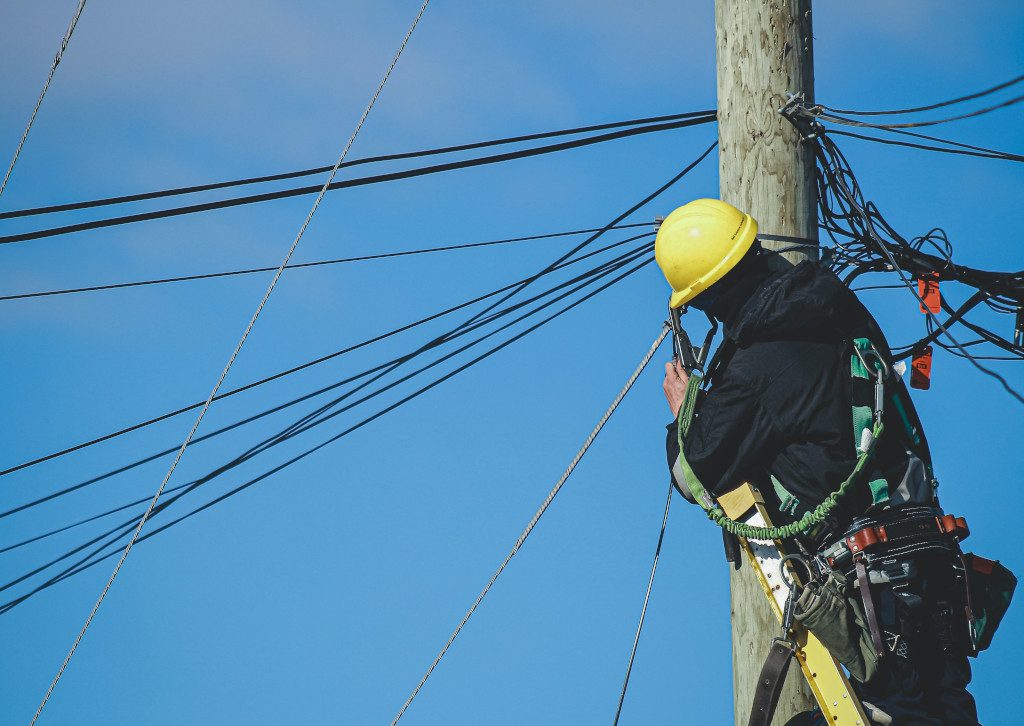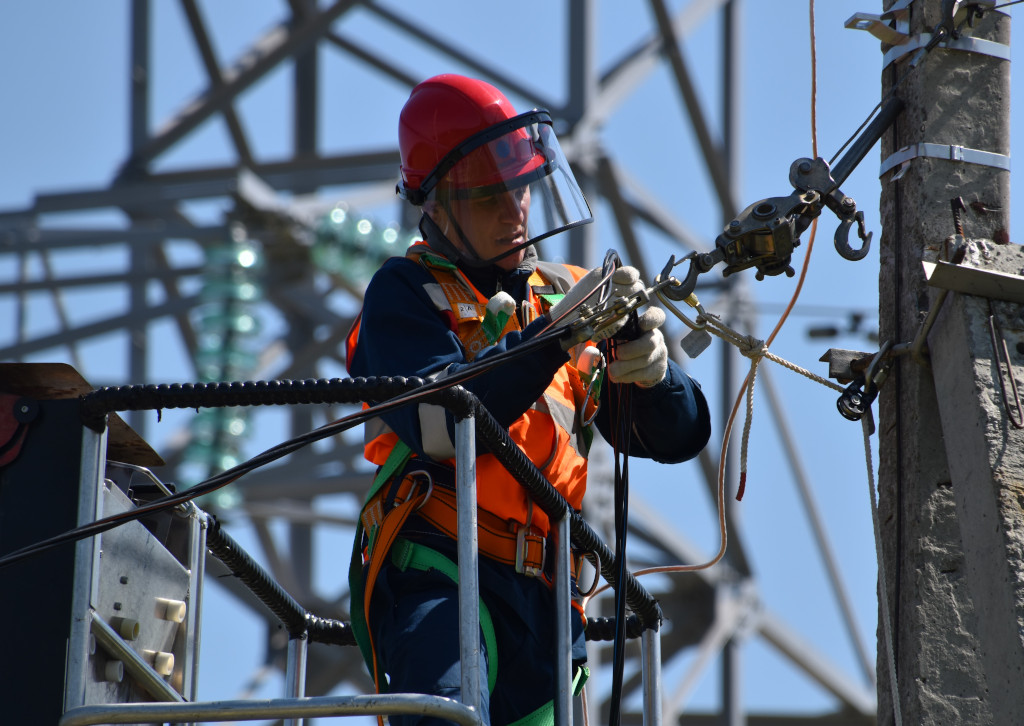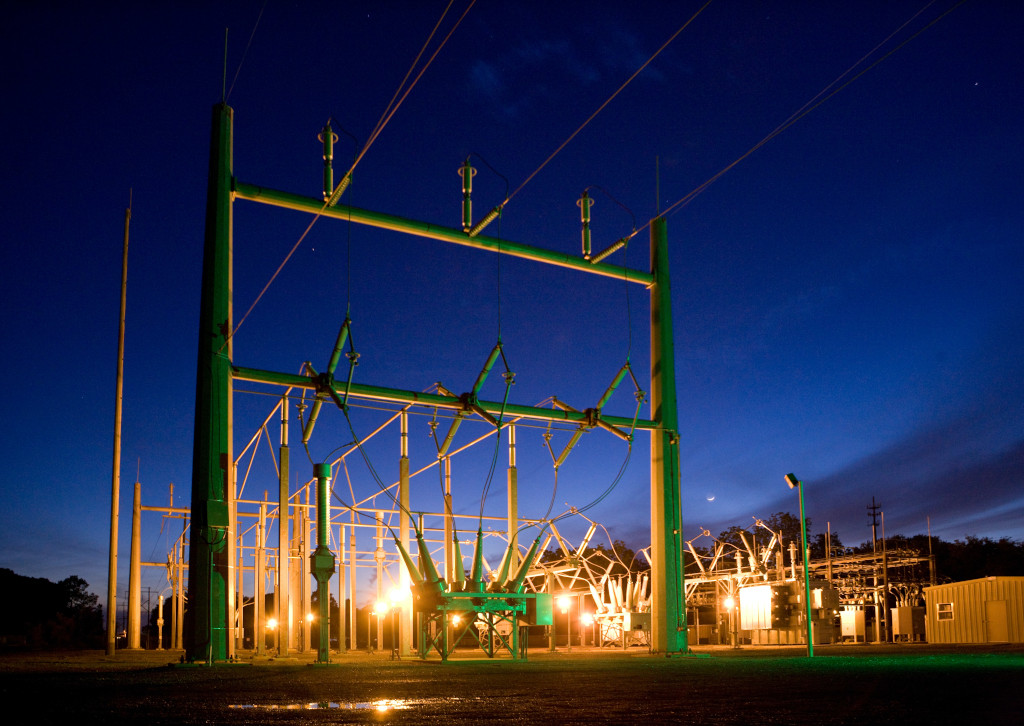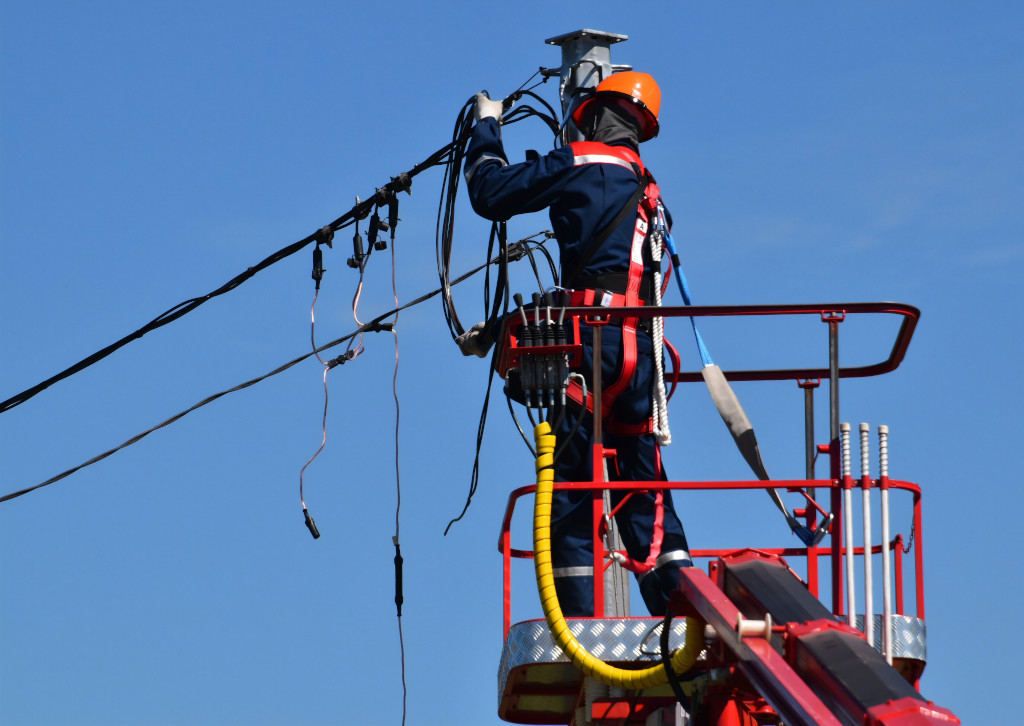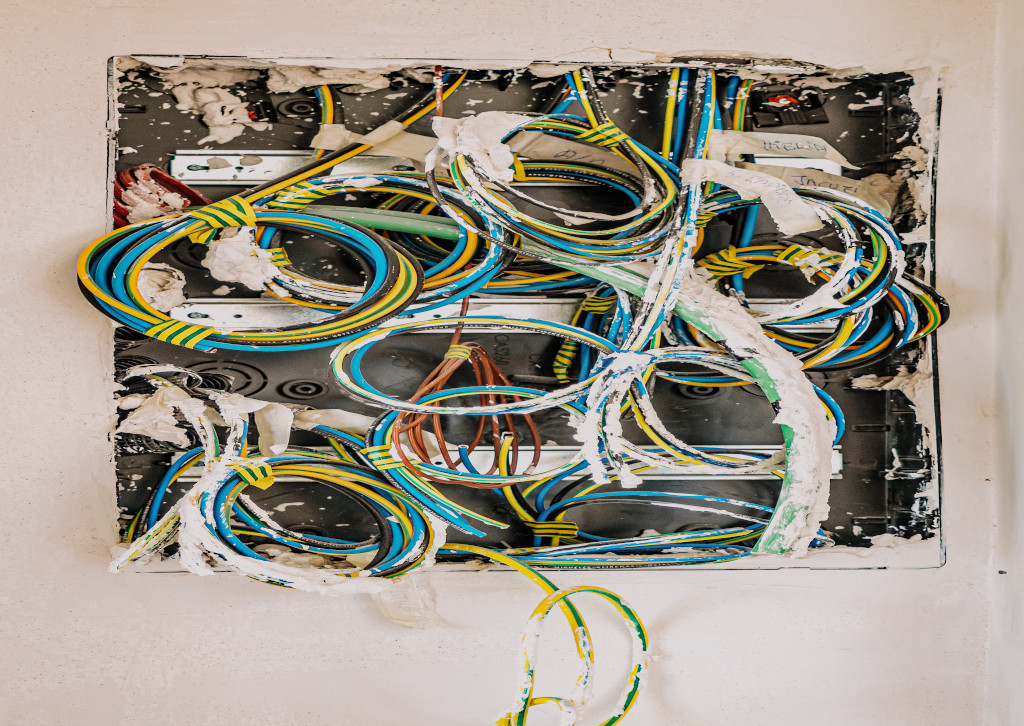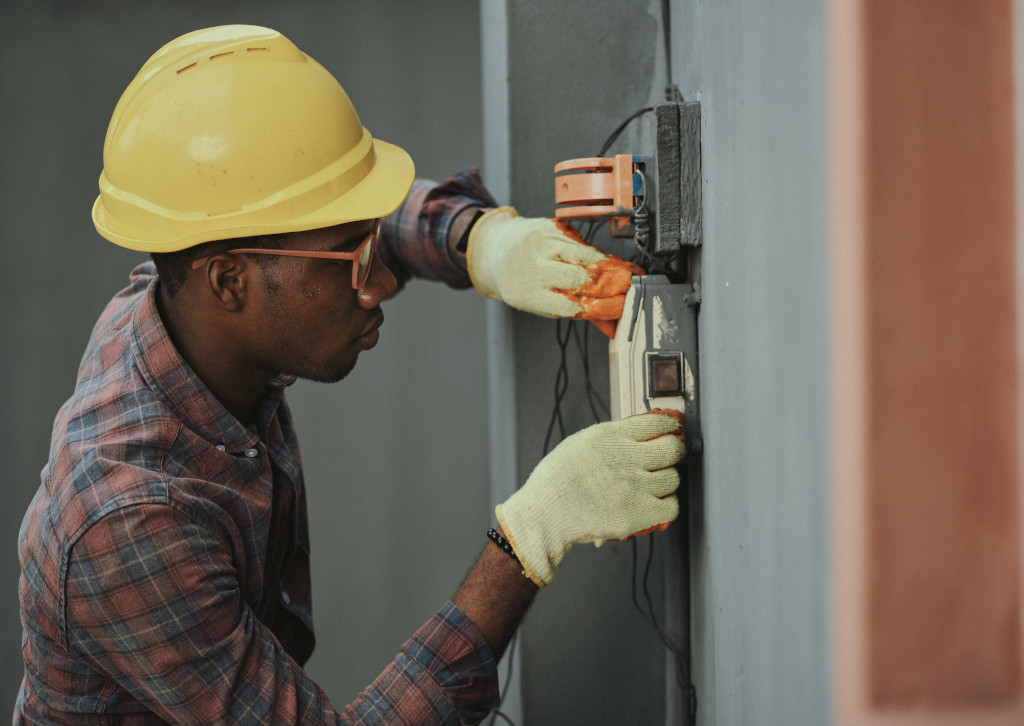If you own a home, it’s essential to have an electrical safety inspection at least once a year. Faulty wiring and faulty electrical systems can cause fires and damage...
Read More
How to Become a Dock Builder
Most people learn the trade through an apprenticeship. These three to four-year programs typically require a significant amount of on-the-job training. Apprenticeships may be paid to complete the last...
Read More
Beware Of Space Heaters: They Must Be On A Dedicated Line
Residential>Troubleshooting & Repair ServicesGFCI OutletsAFCI BreakersWhole House Surge ProtectionElectrical Safety InspectionsSmoke & CO DetectorsGenerator InstallationElectrical Panel UpgradesDedicated CircuitsIndoor LightingLandscape LightingFan InstallationPool & Hot Tub WiringEV Charger InstallationWhole House RewiringHome...
Read More
Chargepoint Home Flex EV Charger Installation Services
Electricians Review of the Chargepoint Home Flex In the past few months, Root Electric has had quite a few requests to install wall connectors for newly purchased electric vehicles....
Read More
Your Electrician in Prince William County: Root Electric
Electrical Services in Prince William County Root Electric’s commercial and residential electricians are proud to be considered some of the best in Prince William County. From electrical repairs and...
Read More
Deck Lighting and Outlet Installation Services
Deck Lighting and Electrical Outlet Installation Services Installing deck lighting and outdoor outlets in your yard can extend your outdoor living opportunities well into the evening while also improving...
Read More
Our Coronavirus Policy
Our Coronavirus Policy @media (min-width:300px){.thrv_symbol_2997 [data-css=”tve-u-171886a56ed”]{–tcb-local-color-62516:rgb(28,80,119);min-width:100% !important;margin-top:0px !important;margin-bottom:40px !important;}.thrv_symbol_2997 [data-css=”tve-u-171886a56ed”] .tcb-button-link{letter-spacing:2px;border-radius:5px;overflow:hidden;padding:18px 30px;background-image:none !important;background-color:rgb(28,80,119) !important;}:not(#tve) .thrv_symbol_2997 [data-css=”tve-u-171886a56ed”] .tcb-button-link{line-height:1.2em;font-size:32px;}:not(#tve) .thrv_symbol_2997 [data-css=”tve-u-171886a56ed”]:hover [data-css=”tve-u-171886a56ee”]{color:rgb(241,240,240) !important;–tcb-applied-color:rgb(241,240,240)!important;}:not(#tve) .thrv_symbol_2997 [data-css=”tve-u-171886a56ed”]:hover .tcb-button-link{background-color:rgb(0,128,128) !important;}.thrv_symbol_2997 [data-css=”tve-u-171886df7ec”]{–tcb-local-color-62516:rgb(28,80,119);min-width:100% !important;margin-top:0px !important;margin-bottom:40px !important;}.thrv_symbol_2997...
Read More
How to Prevent Electrical Fires
Check These 7 Things Right Now to Prevent Electrical Fires at Your Home Perhaps the most tragic thing about the 25,000+ home electrical fires in homes across the U.S....
Read More
How to Save Energy in Commercial Buildings
Saving Energy in Commercial Buildings: 7 Ways Whether you’re a property manager or a business owner, you are likely always looking for ways improve efficiency and trim waste to...
Read More
Electrical Upgrade During Your Remodel
If I Remodel My Home, Do I Need an Electrical Upgrade too? Tis the season for remodeling here in Northern Virginia. People are updating their kitchens, their bathrooms, their...
Read More



